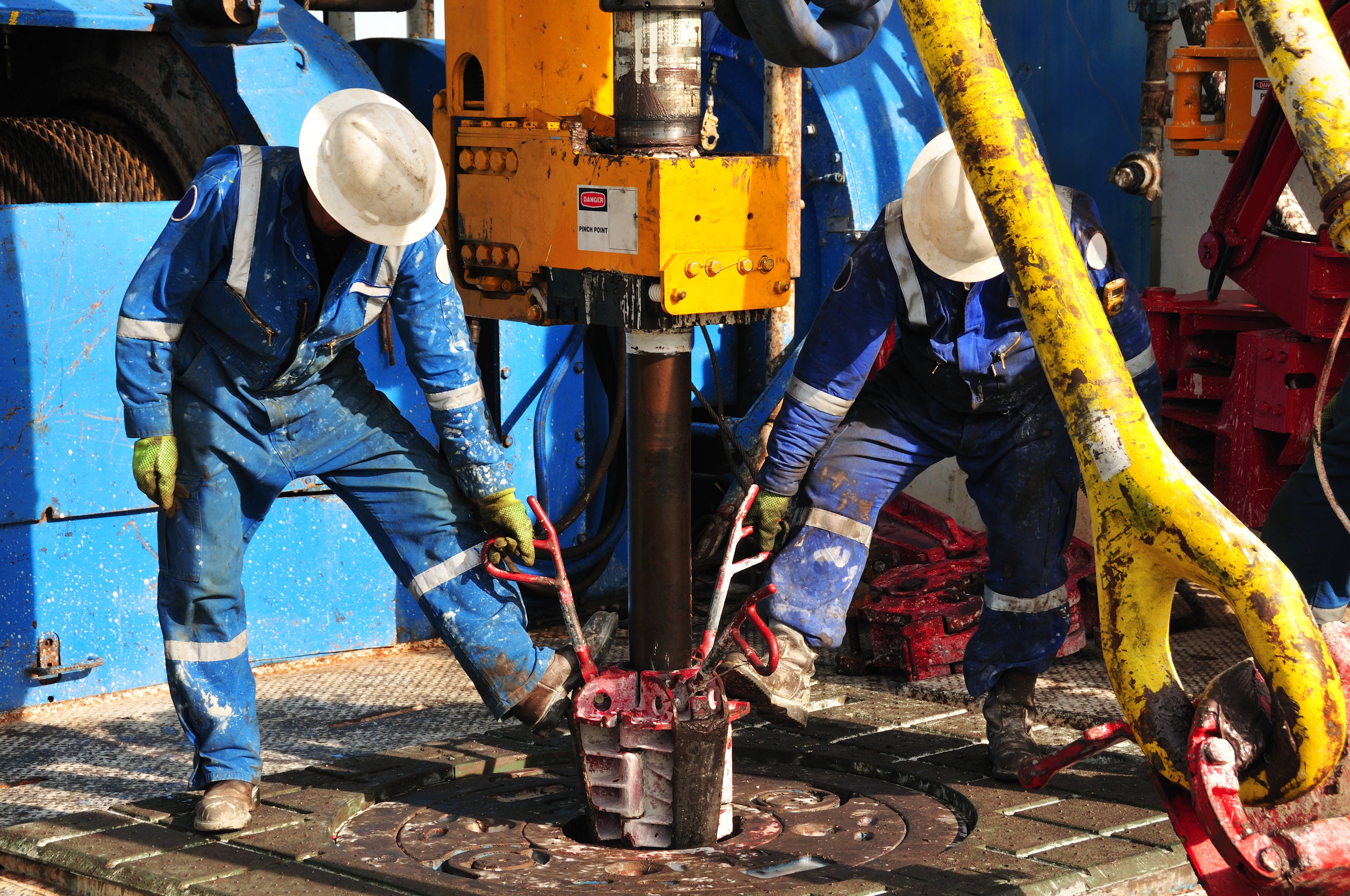The energy sector is inherently volatile. Dividend investors would be forgiven if they sidestepped such commodity-driven stocks. But energy is vital to the world's economy and you should probably have some exposure to energy stocks in your portfolio. There are different ways to go about that, with Chevron (CVX 0.45%) and ConocoPhillips (COP 0.04%) highlighting two approaches you might take. Here's how to decide which one is a better choice for you.
The business models are similar, but different
The energy sector is generally broken down into three broad segments. The upstream is where oil and natural gas are produced. The midstream is responsible for moving oil and natural gas around the world, usually charging fees for the service. And the downstream takes oil and natural gas and turns it into other things, like chemical and refined products.
The upstream and the downstream are both heavily reliant on commodity prices when it comes to determining a company's financial performance. If you don't like uncertainty that could be an issue for you. But having exposure to these segments of the industry can provide vital diversification to your portfolio and, from a big-picture perspective, your day-to-day life. Just when you are likely to be paying more at the pump, stocks with upstream and/or downstream exposure will probably be performing well.
ConocoPhillips is the easier of the two companies to explain, since it basically just operates in the upstream, drilling for oil and natural gas. Chevron's business is much larger, as it spans the upstream, the midstream, and the downstream. The diversification in Chevron's "integrated" model helps to soften the swings inherent to the energy sector. ConocoPhillips, by comparison, will see its business results swing more dramatically with oil and natural gas price volatility.

NYSE: COP
Key Data Points
What's the best dividend stock?
If you want direct exposure to commodity prices, ConocoPhillips will be the better option here. But there's a trade-off when it comes to the dividend. Although ConocoPhillips has reliably paid a dividend for decades, that dividend tends to be volatile. Essentially, the dividend goes up when times are good and falls when times are bad.
That's not unreasonable, but it does tie your income from the investment even more to the performance of oil and natural gas. So this isn't going to be the best option for investors who are concerned about dividend consistency. But for those who want a hedge against real-world energy costs, it could be a very strong choice.

NYSE: CVX
Key Data Points
Chevron, on the other hand, is built to survive the swings inherent to the energy sector. In fact, it has one of the strongest balance sheets in the industry with a debt-to-equity ratio of just 0.2 at the end of the second quarter of 2025. (For reference, ConocoPhillips' ratio was around 0.36, which is also pretty good.)
The more diverse industry exposure and strong financial position of Chevron has allowed it to increase its dividend annually for 38 consecutive years. If what you want is a dividend you can count on through the energy cycle, go with Chevron.
Most will probably prefer Chevron
The dividend thesis around buying ConocoPhillips is nuanced. And the dividend yield today is roughly 3.6%, which is lower than the 4.4% you'd collect from Chevron. All in, most conservative dividend investors looking to add some energy exposure to their portfolios will probably prefer Chevron.
But if you are looking to offset the volatility of real-life energy costs, don't pass on ConocoPhillips. It might be more interesting than you think. Just when you need a financial boost to help you cover rising energy costs, the stock price is likely to be rising and the dividend could be up for an increase, too.





